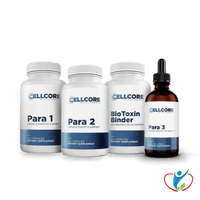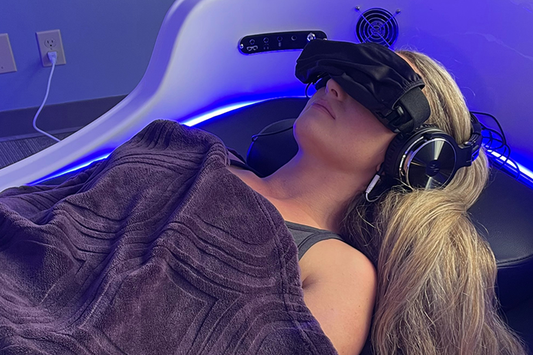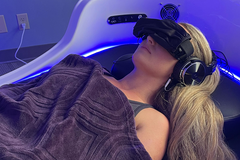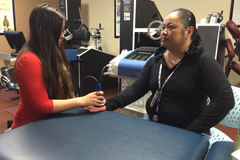Purpose
Vitamin A is a potent antioxidant the body uses in many areas to reduce oxidative stress and its effects. Oxidative stress is an imbalance of "free radicals" that react to other molecules, causing large chain reactions that negatively affect bodily processes. Antioxidants prevent this by stabilizing the free radicals so they are not as reactive.
Processes that involve Vitamin A:
- Cell growth
- Immune function
- Growth and distribution of T-cells
- Fetal development
- Vision
- Part of molecule vital to color vision and low-light vision
- Protects and maintains the cornea and the conjunctiva
-
Maintains surface tissues
- Skin
- Intestines
- Lungs
- Bladder
- Inner ear
Recommended Daily Intake
Vitamin A is "fat" soluble, so your body stores it and uses it as needed. As is the case with all fat soluble vitamins (Vitamins K, A, D and E) too much vitamin A can cause toxicity. Not exceeding the recommended daily amount of Vitamin A and especially its upper limit is important because vitamin A toxicity can certainly result in unpleasant symptoms.
Toxicity symptoms:
- Vision disturbances
- Joint and bone pain
- Poor appetite
- Nausea and vomiting
- Sunlight sensitivity
- Hair loss
- Headache
- Dry skin
- Liver damage
- Jaundice
- Delayed growth
- Decreased appetite
- Confusion
- Itchy skin
| Female | Male | Pregnant | Breastfeeding | |
| Birth to 6 months | 400 mcg RAE* | 400 mcg RAE | - | - |
| Infants 7-12 months | 500 mcg RAE | 500 mcg RAE | - | - |
| Children 1-3 years | 300 mcg RAE | 300 mcg RAE | - | - |
| Children 4-8 years | 400 mcg RAE | 400 mcg RAE | - | - |
| Children 9-13 years | 600 mcg RAE | 600 mcg RAE | - | - |
| Teens 14-18 years | 700 mcg RAE | 900 mcg RAE | 750 mcg RAE | 1,200 mcg RAE |
| Adults |
700 mcg RAE |
900 mcg RAE | 770 mcg RAE | 1,300 mcg RAE |
*"RAE is a measure of the content and activity of vitamin A in foods." (https://ods.od.nih.gov/factsheets/VitaminA-Consumer/)*
Signs and Symptoms of Deficiency
Unregulated reactions caused by an imbalance of free radicals and a lack of Vitamin A can cause signs and symptoms throughout our bodies. These can vary from relatively harmless blemishes to more severe symptoms like blindness.
- Blindness
- Infections more severe/deadly
- Risk of anemia and death in pregnant women
- Slows growth in fetuses
- Skin issues
- Hyperkeratosis
- Acne
Food Sources
A balanced diet is the best way to ensure you are getting the proper amount of Vitamin A. Below are examples of foods you can eat in order to prevent deficiency.
Foods highest in preformed vitamin A are:
- Pasture-Raised egg yolks
- Grass-Fed beef liver
- Pasture-Raised liverwurst/liver Sausage
- Grass-Fed butter
- Wild-Caught cod liver oil
- Pasture-Raised chicken liver
- Wild-Caught salmon
- Grass-Fed cheddar cheese
- Wild-Caught king mackerel
- Wild-Caught trout
Foods high in provitamin A carotenoids like beta-carotene include:
- Sweet potatoes
- Pumpkin
- Carrots
- Kale
- Organic spinach
- Organic dandelion greens
- Cabbage
- Swiss chard
- Organic red peppers
- Collard greens
- Parsley
- Butternut squash
Healthy Beings' Strategies to Address Deficiency
Healthy Beings offers supplements and services that can mitigate and address deficiencies you might be struggling with. We also offer recommendations beyond our current available inventory. You will find suggestions below that can help prevent a deficiency. If you are not sure if you have a deficiency, contact us HERE and we will answer questions you might have.
Maintain Optimal Vitamin A Levels!
Sources
1. https://www.healthline.com/nutrition/vitamin-a#toxicity-and-dosage












